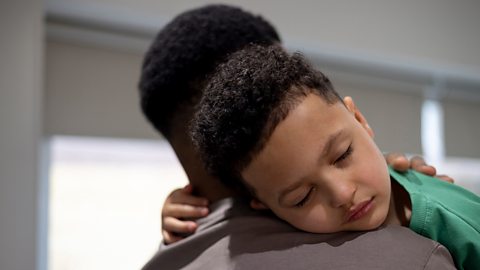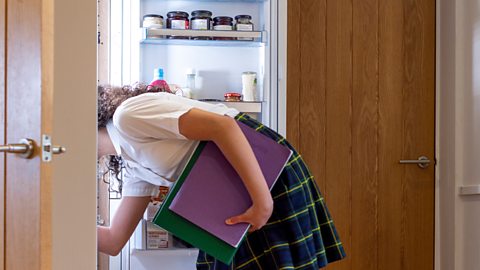
Our bodies are made up of around 60 per cent water. ThatÔÇÖs over half our body weight.
If a six-year-old child weighs around 20 kilograms, their bodies will be 12 kilograms fluid, leaving eight kilograms for bones, muscles and organs.
This fact helps to show what a vital role hydration plays in our childÔÇÖs wellbeing.

Why is it important for my child to stay hydrated?
Our bodies need water for many different jobs, including doing regular poos and wees. Just like eating food throughout the day, itÔÇÖs important for children to have drinks too, especially when theyÔÇÖre active. If a child is slightly dehydrated it can affect their ability to concentrate, to learn in school, or to follow instructions. It can also make them feel tired, thirsty, grumpy or give them a headache.
According to the NHS, some children who donÔÇÖt drink enough can also get daytime bladder issues such as needing to wee all the time, needing to go suddenly, or having wee accidents. There are different reasons why this happens ÔÇô including constipation, urinary tract infections, or not feeling comfortable going to the toilet ÔÇô but it can also be because the bladder is irritated due to lack of hydration.
How much should my child drink?
Below is a guide to help you check on the ideal fluid intake for a child's age, but remember the colour of your childÔÇÖs wee is the best indicator (see our wee tracker chart below). DonÔÇÖt forget theyÔÇÖll need to have more in the summer when itÔÇÖs hot or if theyÔÇÖre exercising.
| 1 ÔÇô 3 years | 1000mls |
| 4 ÔÇô 8 years | 1300mls |
| 8 ÔÇô 13 years | 1500mls - 1800mls |
A childÔÇÖs cup holds between 150 ÔÇô 200ml, a standard medium-size glass holds around 200ml, and a mug holds around 250ml. It may be a good idea to measure how much fluid is in your childÔÇÖs favourite cup so you can get an idea of their fluid intake.
How can I tell if my child is dehydrated?
If you donÔÇÖt drink enough then your body tells you that in different ways. Your child may get a pain in their head (headache), they may not do a poo very often (constipation) or when they do itÔÇÖs not easy to get out. Your child may not be weeing regularly, and their wee may become dark yellow or orange. These are all signs that their body needs more fluid and they need to drink more.
Download our free and activities to understand what colour and consistency your childÔÇÖs wees and poos should be. Then you can chart your kidÔÇÖs poo and wee over a week. Use the downloadable template chart to note down with your child what colour their wee is and what their poo looks like every day. We recommend checking the colour of their wee at least twice a day as itÔÇÖll be difficult to do this every time they go.
If their wee is the colour of straw, then theyÔÇÖre drinking enough. If itÔÇÖs darker than this, then they need to drink more. At the end of the day, help your child to decide if theyÔÇÖre drinking enough by adding a smiley or unhappy face next to their wee colour. These symbols are an easy way for your child to understand if they need to improve their drinking habits.
If their poo is like small balls or the balls are stuck together then this is a sign that your child needs to drink more too. You can use the same symbols to help you.
At the end of this experiment you and your child should know if theyÔÇÖre drinking enough, and if they need to change their drinking habits. If they do start to drink more, make a note of the changes in their wee and poo habits, as well as things like their mood and concentration.

How can I get my child to drink more?
The best way to get a child to drink more is to make it fun. Try setting them a challenge: fill their water bottle at the start of the day, draw a line on the outside of it, and challenge them to drink to that line by the end of the school or nursery day. You can also get their teacher or childminder involved in the challenge. Rewards like stickers or a sticker chart can also help.
Try this ÔÇÿSimon SaysÔÇÖ activity:
Play this game like the traditional Simon Says but with water bottles. Say, for example: ÔÇ£Simon says ÔÇÿtouch your toesÔÇÖ. Simon says ÔÇÿtake a drinkÔÇÖ. Jump up and down. Simon says ÔÇÿjump up and downÔÇÖ. Simon says ÔÇÿdrink for a count of Three Mississippi - one Mississippi, two Mississippi, three MississippiÔÇÖ.ÔÇØ
Try this 'water tracker' activity:
- Print off or draw your own chart using the template linked above.
- Add a goal so the child knows how much they need to drink every day (the recommended goals are on the template).
- Ask your child to colour in the water droplet every time they have a drink.
Your child may need more or less than the recommended number of cups depending on the outcome of their poo and wee tracker charts.
You can encourage your child to drink by turning it into a weekly water-drinking challenge!
Try this 'grow your own cress' activity:
You may like to grow some cress as this needs lots of water to grow. Tell your child that cress needs to be watered every day, just like us drinking every day, and this will make the plant grow. Keeping it watered means that the cress stays healthy, just like keeping our bodies working well too.
Watch this video to learn how to make pots of cress.
More tips to make drinking water fun with children:
- You could try doing 'cheers' with them.
- Make a den and have their water to drink whilst in there.
- Add ice cubes to their water.
- Use reusable or paper straws.
- Be a role model; seeing you drink water can help them too.
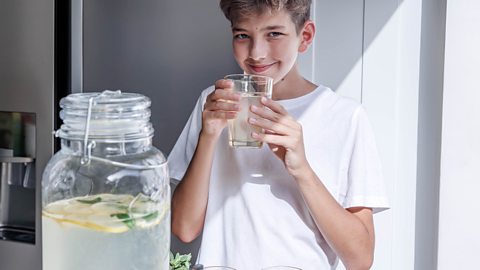
What if my child doesn't want to drink water?
The easiest thing to drink is water. ItÔÇÖs free and readily available to drink from your kitchen tap. If your child isnÔÇÖt good at drinking water, then you can try very dilute ÔÇÿno-added-sugarÔÇÖ squash. Too much squash and milk however can mean we can fill up and are not hungry for meals, so only normally offer these drinks with food.
Sometimes we think weÔÇÖre hungry but in fact weÔÇÖre thirsty. If your child is eating regular meals, then remember to offer them a drink at the same time too. This will help ensure theyÔÇÖre getting plenty of fluid.
Can I give my child something else to drink?
Water and milk are the best drinks for our childrenÔÇÖs wellbeing and teeth. Start with half water and half their usual drink and gradually increase the amount of water and reduce the amount of their usual drink. Give a maximum of 150ml of juice a day and avoid giving it throughout the day as the acid can cause tooth decay.
My child wonÔÇÖt drink at school, what can I do to help?
There are lots of reasons children donÔÇÖt drink at school. Sometimes they forget. Sometimes theyÔÇÖre worried about using the school toilets. See if you can find out from your child why they donÔÇÖt drink water at school and then work on solving the problem together.
You may also like to speak to their class teacher, who can encourage more drinks at school, or speak to their after-school care provider about ways to encourage them to drink soon after finishing school. Having a good drink first thing in the morning and another before they go to school, and encouraging them to drink soon after finishing school, will help.
How can I encourage my child to go for a poo?
Some children are reluctant to go for a poo outside of the home. The best way to encourage them is to normalise it. Get your kids interested in what poo is, where it comes from, how itÔÇÖs a necessary part of our bodily function and tell them about the importance of a balanced diet for a good poo. Show them the poo chart so they can see what a healthy poo looks like, and get them to fill in the chart as mentioned above. Then you can perhaps discuss the benefits of doing a poo regularly with them. If theyÔÇÖre holding in a poo whilst at school, nursery or childcare, speak to their teacher or childcare provider discreetly to see if thereÔÇÖs a more private toilet they can use, or a subtle hand gesture they can show to let them know they need to go during the day.

Parents' Toolkit
Fun activities, real-life stories, wellbeing support and loads of helpful advice - we're here for you and your child.
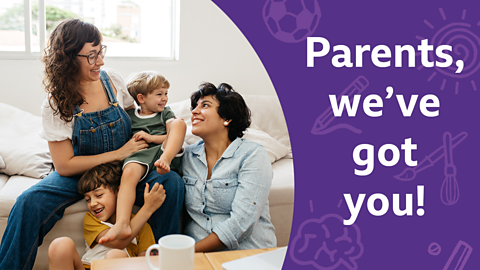
Happy Family Eating... a fun guide for parents
An overview of our detailed resources and guides to helping your child enjoy and understand their food
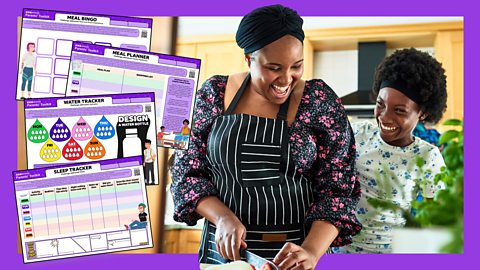
How to look after your childÔÇÖs gut health
Advice answering questions like how can i improve my child's gut bacteria? What can i feed my child for a healthy gut and what foods should be avoided? What are prebiotics and probiotics?
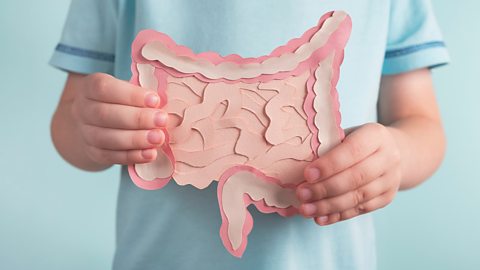
What is poo?
Learn about poo in this KS3 guide.

